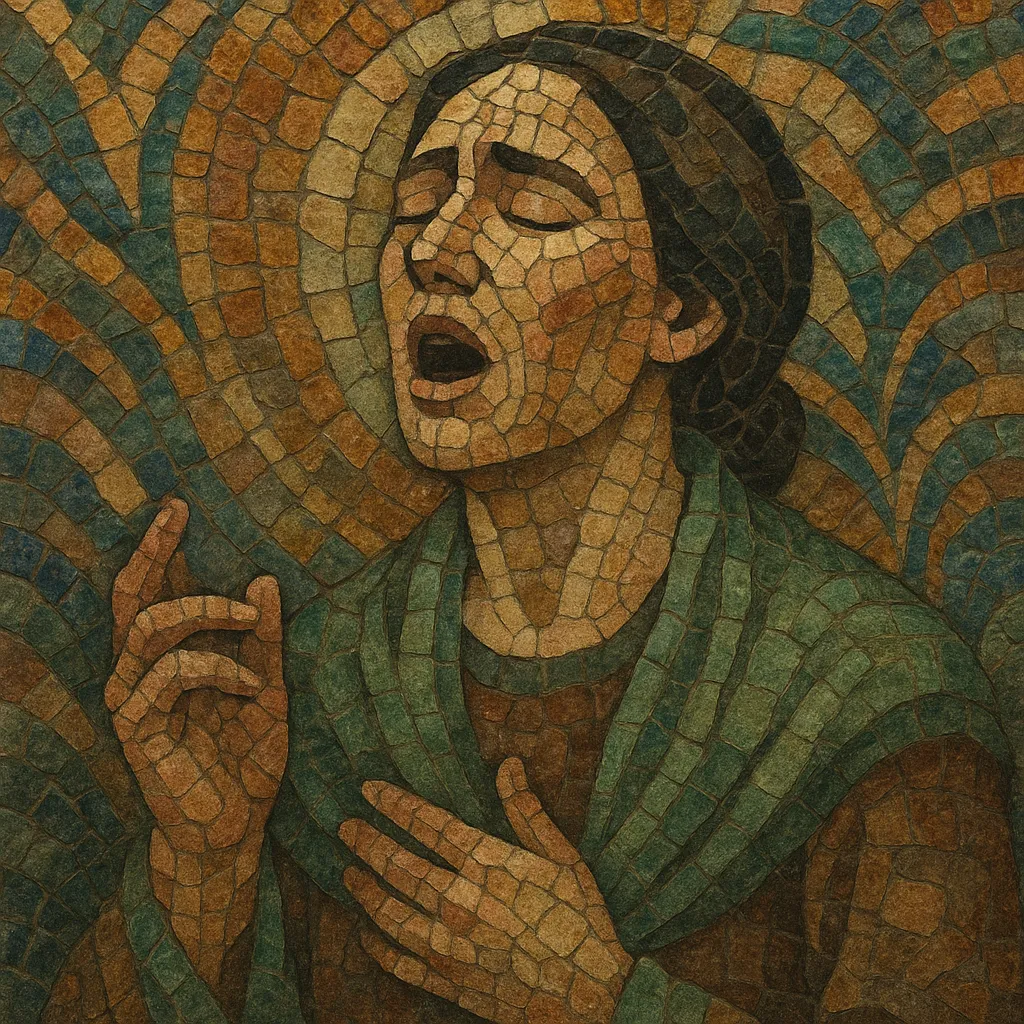Sean-nós (literally "old style") is a highly ornamented, unaccompanied solo singing tradition in the Irish language. It is characterized by free, elastic rhythm, modal melodic contours, intricate ornamentation, and intimate storytelling.
Singers prioritize text declamation and expressive nuance over strict meter, shaping phrases with rubato and breath. Melodies often inhabit modal scales (Dorian, Mixolydian, Aeolian) and feature slides, turns, grace notes, and subtle microtonal inflections. Performances are typically delivered in a natural, speech-like flow that reflects regional dialects and local song repertories.
Sean-nós developed within the Irish Gaelic oral tradition as a means of preserving stories, local histories, and emotional expression through song. While its roots reach back to medieval Gaelic culture, the style coalesced as a recognizable practice by the 18th century, shaped by bardic poetry, communal singing contexts, and the musical contours of chant and modal folk melody.
Distinct regional variants emerged, reflecting dialect and aesthetics:
• Connemara (Connacht): highly ornamented, flowing melismas, and flexible rhythm. • Munster: strong narrative focus with clear diction and a balanced ornament palette. • Donegal (Ulster): comparatively straighter delivery, tighter ornamentation, and clearer pulse.Through the 19th and early 20th centuries, sean-nós was transmitted orally at home gatherings, in work and social settings, and at local festivals. Collectors and broadcasters in the mid-20th century (notably Raidió Éireann/RTÉ) recorded master singers, helping canonize repertoires and styles while bringing the tradition to national and international audiences.
Since the late 20th century, festivals and competitions (e.g., Oireachtas na Gaeilge) have revitalized the style. Contemporary artists maintain traditional practice while some collaborate across genres, influencing Celtic fusion, world music, and modern Irish folk. Despite experimentation, the core remains intimate, unaccompanied delivery that centers the Irish language and the story of the song.


